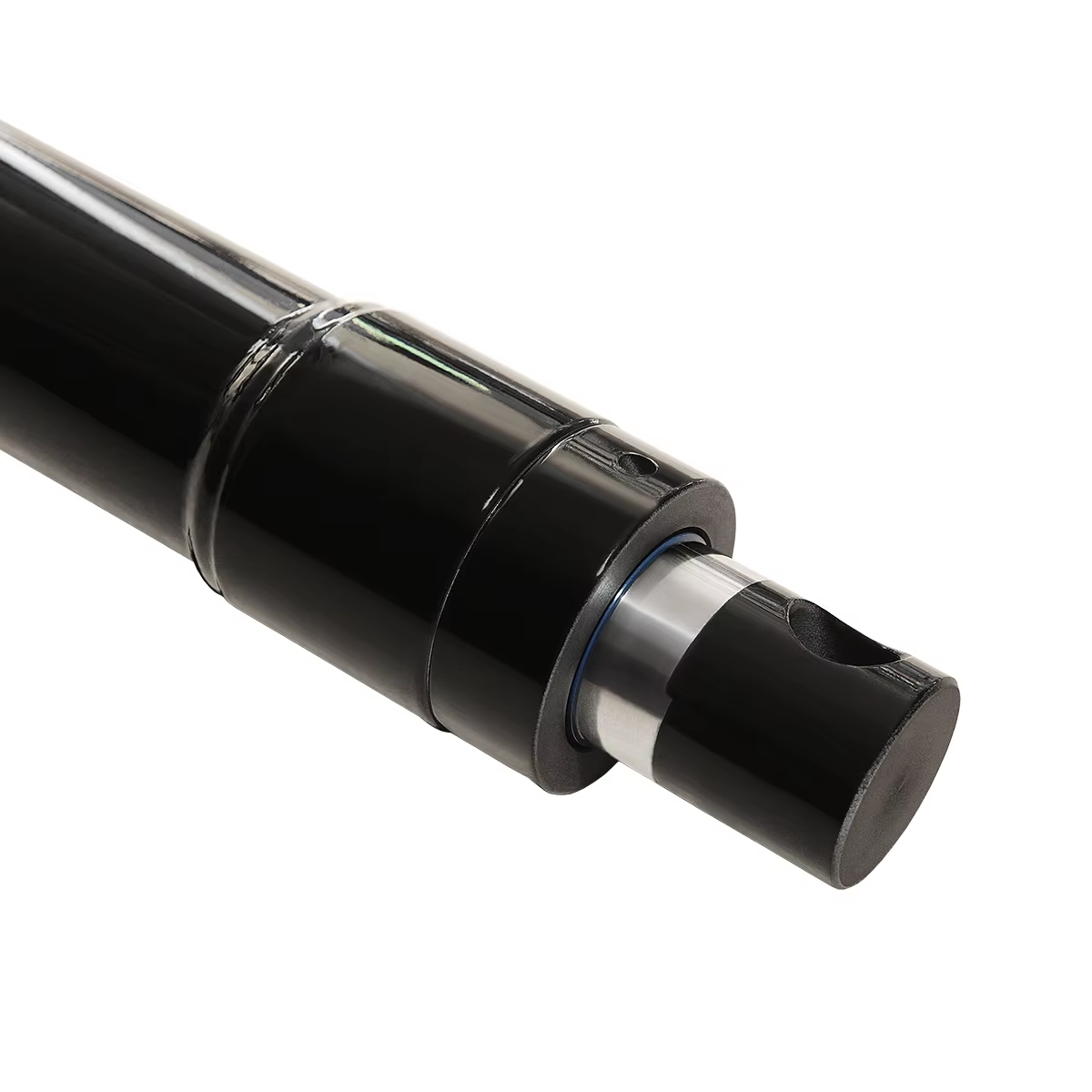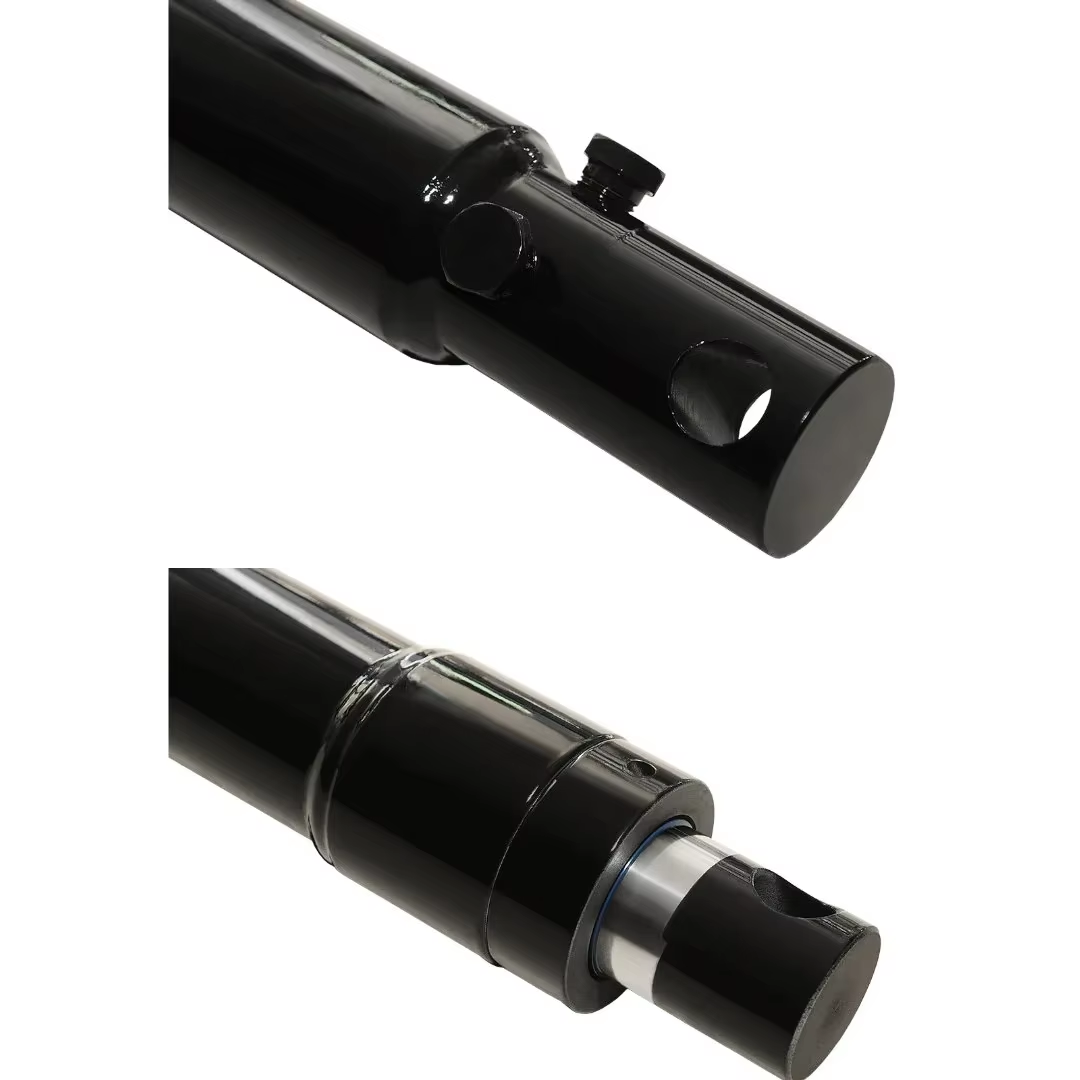Winter Maintenance Guide: Snowplow Hydraulic Cylinder Corrosion Prevention
- northstarhydraulic
- Oct 19
- 3 min read
Winter is, well, almost here, and your snowplow will be working overtime. Whether you’re an OEM, fleet manager or municipal procurement officer, the reliability of your snowplow’s hydraulic cylinders is critical. Road salts, ice, freezing temperatures and constant abrasion all conspire to shorten cylinder lifespan. Let’s dig into why corrosion is a major threat, what materials and coatings hold up best — and how you can protect your investment with a proactive maintenance routine.

Why corrosion is your snowplow cylinder’s biggest enemy
Snowplow hydraulic cylinders operate in extremely harsh conditions: a mixture of sodium chloride, calcium chloride, sand and slurry gets splashed over every pass. Add sub‑freezing temps and vibration, and you’ve got the perfect recipe for corrosion. Even minor pitting on a piston rod can compromise the chrome plating, increasing seal wear and fluid contamination.
Salt and de‑icing chemicals aggressively attack steel components, creating oxidation that weakens the structure, leading to seals leaking and hydraulic fluid contamination. Ignoring corrosion protection doesn’t just shorten life — it adds downtime, increases maintenance cost and risks breakdowns mid‑storm when marginal performance isn’t acceptable.

Selecting materials and designs built for winter
Modern snowplow cylinders aren’t generic tie‑rod units — they’re engineered for extreme winter conditions. The right material choices and design features make all the difference.
Stainless steel rods and barrels:
Stainless steel provides exceptional resistance to salt corrosion. It’s common in snowplow cylinders for their ability to withstand exposure to de‑icing chemicals and harsh conditions.
Double‑acting welded cylinders:
Welded construction (instead of a tie‑rod) provides higher strength and fewer leak paths. Double‑acting cylinders deliver blade control in both directions — critical when pushing heavy, wet snow.
Robust seals and gaskets:
In freezing conditions, seals must remain pliable and crack‑free. High‑quality polyurethane or nitrile rubber seals, especially dual‑seal designs, keep out water, debris and contamination.
Built‑in cushioning and adjustable stroke lengths:
Shock loading and vibration accelerate wear. Cushioning reduces impact on rods and mounts; adjustable strokes allow operators to tailor blade movement to snow‑type and load.
Protective coatings and finishes: your first line of defence
Even stainless components benefit from added protective layers. Many snowplow cylinders utilize these:
Chrome plating – a hardened layer on the piston rod offers a smooth, wear‑resistant surface that deters rust and reduces seal friction.
Nickel‑chromium or nickel‑phosphorous coatings – these create an additional barrier against salt spray pitting.
Epoxy or powder‑coated cylinder barrels – thick coatings shield the cylinder body from moisture and salt, and protect welded seams from exposure.
Industry sources emphasize that specialty coatings and plating are essential for snowplow cylinders to survive road salts and ice melt — they extend service life, reduce pitting and make maintenance easier.
Best practices for winter maintenance
Coatings and material selection go a long way — but routine maintenance is still essential.
1. Clean and lubricate regularly
Dirt and salt accumulation on cylinder surfaces accelerate corrosion. Experts recommend cleaning with mild detergent & water, then applying a quality lubricant to moving parts. Lubrication reduces friction, repels moisture and protects both rod and seals.
2. Inspect for wear and leaks
Before and after each storm, conduct a visual inspection. Look for signs of rust, pitting, cracked seals or oil leaks. A small leak can signal fluid loss and contamination that lead to major failure.
3. Check hydraulic fluid levels
Low or contaminated hydraulic fluid compromises performance and enables internal corrosion. Monitor fluid levels and quality; flush or replace fluid annually (pre‑season) to remove moisture or debris.
4. Protect rods and seals
When idle for a few days, coat the exposed rod with a corrosion inhibitor. Avoid parking where brine accumulates around the cylinder.
5. Incorporate inspection into your regular schedule
A documented schedule covering cleaning, lubrication, fluid checks and seal replacement helps catch wear early and avoid costly emergency repairs — especially in the middle of a blizzard.
Conclusion: invest in protection to save in the long run
Corrosion and salt damage are inevitable threats for snowplow hydraulic cylinders — but they don’t have to determine your outcomes. By selecting the right materials, coatings and cylinder designs — and by adopting a robust, consistent maintenance routine — you can dramatically extend your equipment’s service life. Premium corrosion‑resistant cylinders cost more initially, but the reduction in downtime, repair cost and replacement expense brings a strong return on investment.
With over two decades in the hydraulic cylinder industry, you’ve seen that customers who choose stainless, properly coated snowplow cylinders and follow maintenance best practices enjoy fewer breakdowns and lower lifetime operating costs. As you gear up for the next winter season, review your plow’s hydraulic cylinders, set your inspection schedule and protect against corrosion — the road to reliability starts now..







Comments